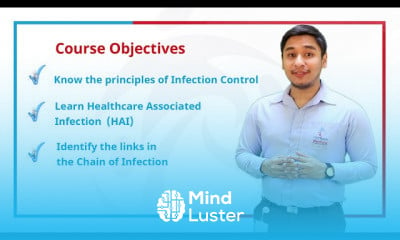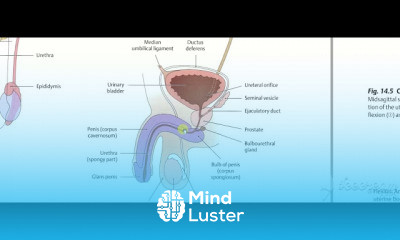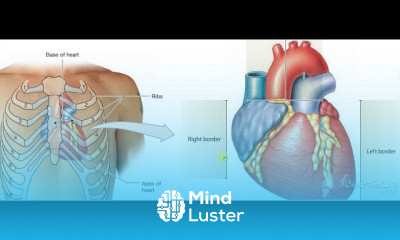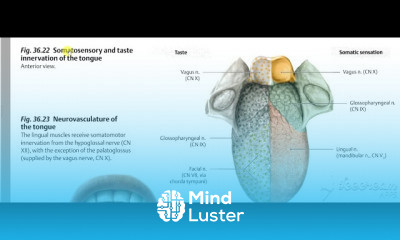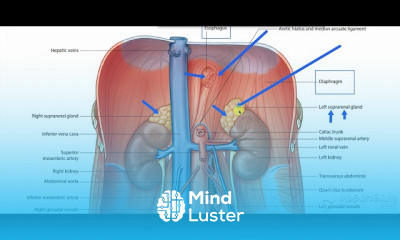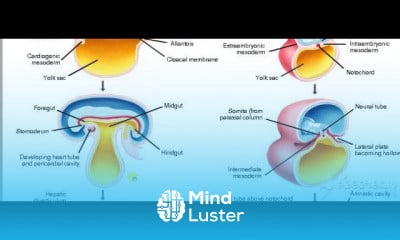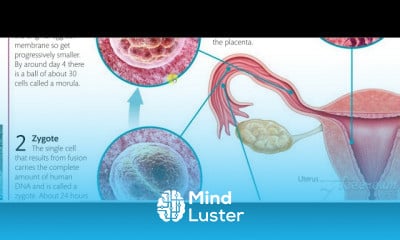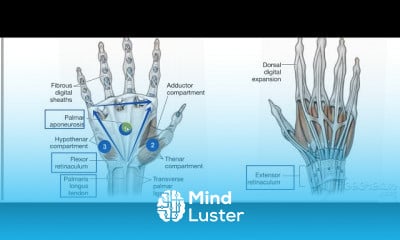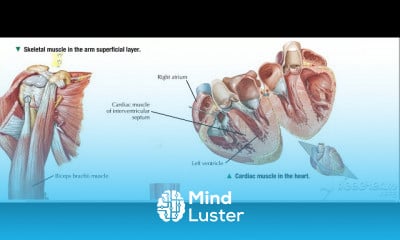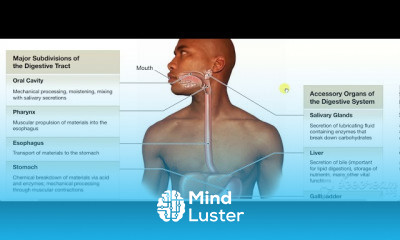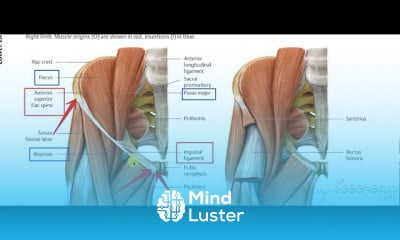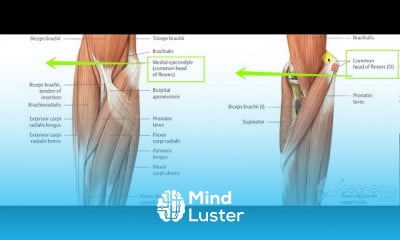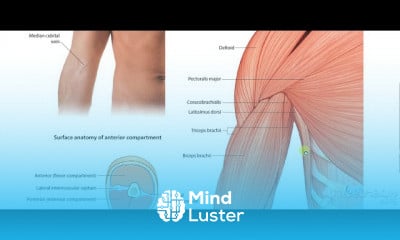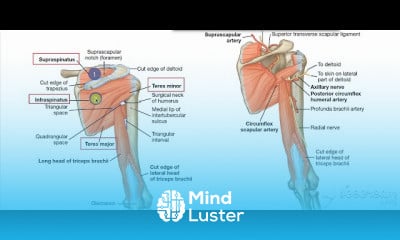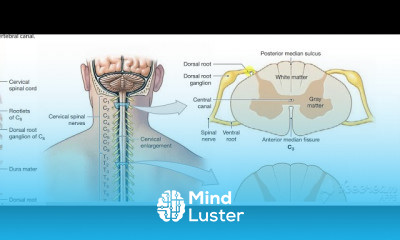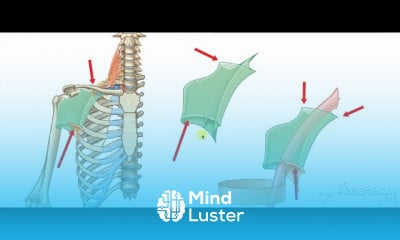Dural venous sinuses 8
Share your inquiries now with community members
Click Here
Sign up Now
Lessons List | 24
Lesson
Comments
Related Courses in Medical
Course Description
The cranial cavity, also known as intracranial space, is the space within the skull that accommodates the brain. The skull minus the mandible is called the cranium. The cavity is formed by eight cranial bones known as the neurocranium that in humans includes the skull cap and forms the protective case around the brain. The remainder of the skull is called the facial skeleton. Meninges are protective membranes that surround the brain to minimize damage of the brain when there is head trauma. Meningitis is the inflammation of meninges caused by bacterial or viral infections.
The spaces between meninges and the brain are filled with a clear cerebrospinal fluid, increasing the protection of the brain. Facial bones of the skull are not included in the cranial cavity. There are only eight cranial bones: The occipital, two parietal, the frontal, two temporal, the ethmoid and the sphenoid bones are fused together by the ossification of fixed fibrous sutures. The frontal and sphenoid bones are towards the front middle of the skull and in front of the temporal bone. The ethmoid bone is the bone at the roof of the nose that separates the naval cavity from the brain. It is a part of the dorsal cavity the cranial cavity and the spinal cord. The occipital bone is at the back of the skull. The dorsal cavity is lined by the three meninges. The three meninges are the three membranes that envelop the brain and spinal cord, in which the central nervous system developed, which are the pia mater, the arachnoid mater, and the dura mater. The latter is the thickest and outermost of the three membrane layers; it contains the most collagen, and it is derived from the mesoderm - the middle germ layer or the primary layer of the cells formed in embryogenic development via epigenetic effects induced by developmental cues, in the early embryo. Also there are the two parietal bones and the two temporal bones, which are a part of the dorsal cavity located on the posterior of the body. The occipital bone found in the rear of the skull is thicker to limit fractures caused by blows to the back of the head. The eight bones are blended together to form the cranial cavity. The pituitary gland is also found in the make up of the cranial cavity. It plays a major role in the body, creating and secreting many bodily hormones. The gland secretes different fluids that are important for the body to function. The body's temperature, physical, and sexual functions are regulated by this gland. One of the major glands are controlled through this cavity.
The cerebrum is the most anterior part of the brain, located in the top half of the skull, consisting of two hemispheres separated by a fissure and connected by the corpus callosum. It is responsible for integrating complex sensory and neural functions, and subsequently initiating and coordinating voluntary activity in the body.
The cortex is the outer layer of the cerebrum, composed of folded grey matter. Its neuron cell bodies, dendrites, synapses, axons, and axon terminals play a crucial role in consciousness. The two hemispheres are divided into four lobes, distinct sections of the organ: the frontal lobe, parietal lobe, temporal lobe, and occipital lobe. Our understanding of the specific functions of the cerebral cortex are based on the theories of localisation and lateralisation. Localisation is the theory that specific areas of the brain are associated with/responsible for particular physical and psychological functions. Lateralisation is the theory that one hemisphere is dominant over the other/responsible for particular physical and psychological functions.
The meninges are the three membranes that line the skull and vertebral canal, and enclose the brain and spinal cord. The Cerebrospinal Fluid serves a vital function in the cerebral autoregulation of cerebral blood flow. Cerebrospinal Fluid occupies the subarachnoid space and the ventricular system around and inside the brain and spinal cord.
Trends
Human Resources Management
Graphic design tools for beginners
Network analysis Ankit goyal
Compiler Design Principles
ChatGPT for designers
Build a profitable trading
Figma for UX UI design
AI tools for UX UI design
UX UI design career
Digital Marketing Complete
E Commerce web design
Build a tic tac Toe app in Xcode
MS Excel
Python for beginners
Marketing basics for beginners
Advanced Logo design methods
Ubuntu linux
NSE data in Python
C Programming Language
Learning English Speaking
Recent
Figma for UX UI design
UX UI design career
AI tools for UX UI design
Webflow for beginners
Graphic design tools for beginners
Customizing type for logos
E Commerce web design
Make Scrollable Prototypes in figma
Advanced Logo design methods
ChatGPT for designers
Essential skills for web designers
Framer basics for beginners
Figma components and variants
macOS app development basics
Testing in iOS fundamentals
Figma fast design techniques
Build a tic tac Toe app in Xcode
Xcode UI design for beginners
Mobile app development
Making money with apps



